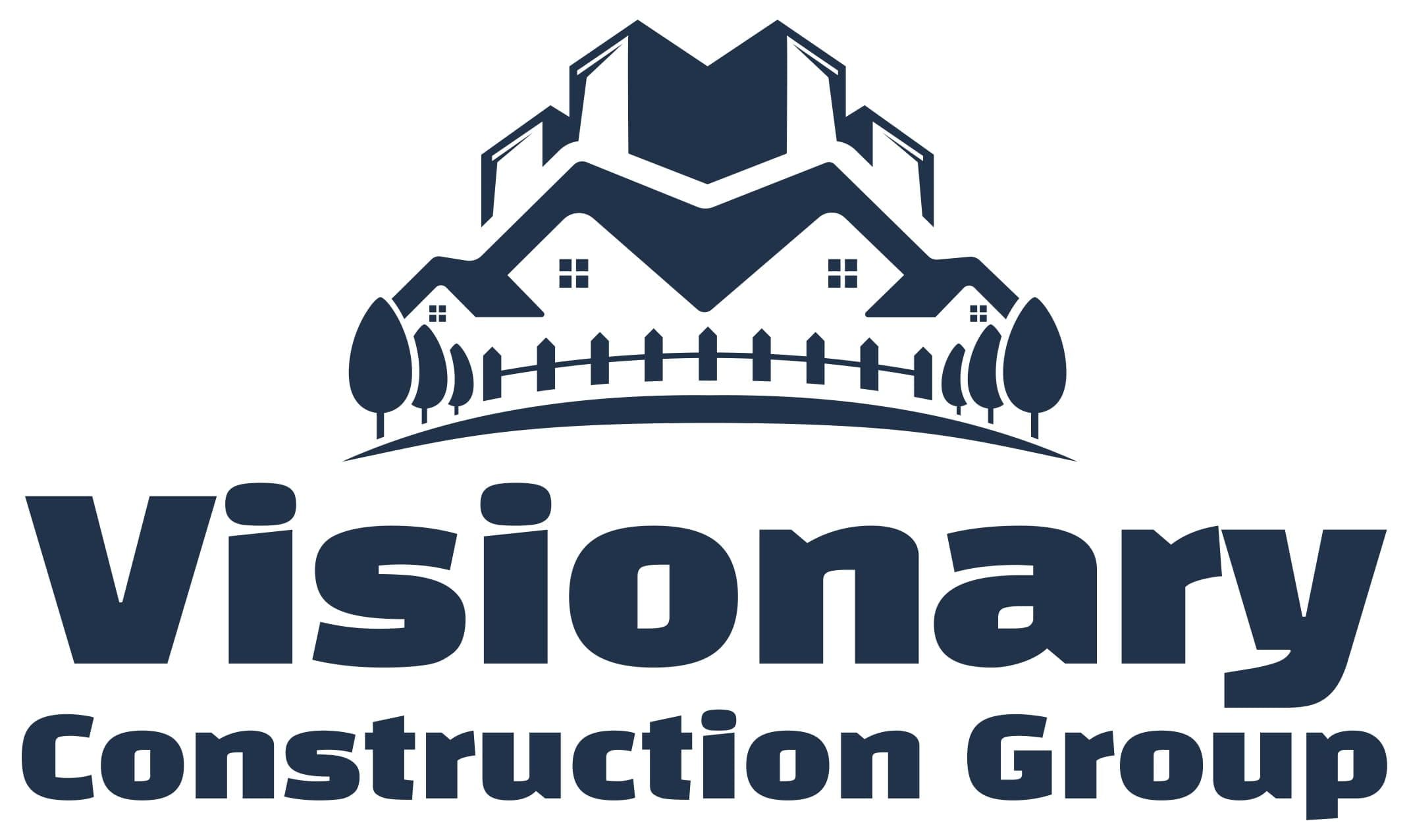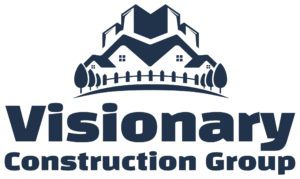When designing a home, it’s easy to focus on the present—thinking about what you need and want right now. But have you considered how your needs might change in the future? Whether planning for a growing family, aging in place, or enjoying a home that evolves with you, designing a future-ready home is critical. In this guide, we’ll explore the essentials of creating a home that meets your current needs and is adaptable to the future.
Why Future-Proofing Your Home is Important
Designing a home with the future in mind ensures that it remains functional, comfortable, and valuable as your life changes. This approach can save you time, money, and stress in the long run.
Planning for Life Changes
Life is full of surprises, and your home should be able to accommodate whatever comes your way. Whether expanding your family, changing careers, or adapting to health needs, a future-proof home can flex and grow with you. By considering these potential changes now, you can avoid costly renovations or even the need to move later.
Increasing Longevity and Value
A well-designed, future-ready home benefits you and increases its longevity and resale value. Homes that incorporate flexible spaces, energy efficiency, and modern technology are more attractive to buyers and can command higher prices on the market.
Considerations for Designing a Future-Ready Home
Creating a home that suits your future needs requires thoughtful planning and design. Here are some key considerations.
Flexible and Adaptable Spaces
One of the most important aspects of a future-ready home is flexibility. This means designing spaces that can serve multiple functions or be easily reconfigured as your needs change. For example, a guest room can double as a home office or a finished basement can transition from a playroom to a home gym.
Energy Efficiency and Sustainability
Energy efficiency is not just a trend; it’s a necessity for the future. Incorporating sustainable practices and materials into your home design will reduce your environmental footprint and save on energy costs over time. Think about features like solar panels, high-efficiency windows, and advanced insulation.
Accessibility and Aging in Place
As you plan for the future, it’s essential to consider how accessible your home will be as you age. Designing with aging in mind doesn’t mean sacrificing style. Features like wider doorways, step-free entrances, and bathroom grab bars can seamlessly integrate into your design to make your home comfortable and safe for years.
Essential Features for a Future-Ready Home
Now that we’ve covered the basics let’s explore some of the essential features that will help your home withstand the test of time.
Multi-Functional Rooms
In today’s homes, flexibility is critical. Multi-functional rooms offer versatility and adaptability to your changing needs. For example, a room that serves as a home office during the day can transform into a guest bedroom at night with a Murphy bed or a sofa bed. Another idea is creating a dining room that doubles as a library or study area.
Smart Home Technology Integration
Smart home technology is becoming increasingly popular, and for good reason. Integrating intelligent systems into your home can enhance convenience, security, and energy efficiency. Consider installing smart thermostats, lighting systems, and security cameras that can be controlled remotely or on a schedule to fit your lifestyle.
Ample Storage Solutions
As your needs evolve, you can always have a little storage. Design your home with ample storage solutions, such as built-in cabinets, walk-in closets, and pantry space. Customizable storage options allow you to reorganize and repurpose spaces as your needs change.
Planning for Expansions and Additions
Even if you’re building your dream home today, planning for future expansions or additions is wise. Here’s how to design with growth in mind:
Building with Expansion in Mind
When designing your home, consider how you want to expand it. If you wish to add another bedroom, expand the kitchen, or build a sunroom, ensure your design can accommodate these changes without significant structural alterations.
Adding Modular or Expandable Spaces
Modular or expandable spaces offer an excellent solution for future growth. These are areas that can be easily expanded or modified as needed. For example, a garage can be designed to accommodate a future loft or apartment, or an unfinished attic can be prepared for a future build-out.
Outdoor Spaces that Grow with You
Remember your outdoor spaces. Designing your yard and garden flexibly allows you to add features like a deck, patio, or pool later. Consider installing the necessary infrastructure, such as electrical outlets or plumbing, to make future upgrades easier.
Designing for Family Growth and Lifestyle Changes
As your family grows or your lifestyle changes, your home should be able to adapt. Here are some ways to design with these future needs in mind.
Creating Kid-Friendly Areas
If you plan to start or grow your family, consider designing kid-friendly areas that can evolve as your children age. This might include a playroom that can later be converted into a study area or an extra bedroom that can serve as a nursery and then a teen’s retreat.
Designing Spaces for Entertaining
Your entertainment needs change over time, especially as your family grows or your social circle expands. Design flexible entertaining spaces, like an open-concept kitchen and living area, that can accommodate small gatherings now and more significant events in the future.
Home Office and Remote Work Considerations
With the rise of remote work, a home office has become essential in modern homes. Design a dedicated workspace that is quiet, well-lit, and can be adapted for different uses over time. Consider adding built-in shelving or a multi-functional desk as a craft table or reading nook.
Sustainability and Energy Efficiency for the Long Term
Building a sustainable, energy-efficient home is good for the environment and ensures that your home remains comfortable and cost-effective.
Installing Solar Panels and Renewable Energy Sources
Investing in solar panels or other renewable energy sources can significantly reduce your energy bills and carbon footprint. Even if you’re not ready to install them immediately, consider designing your roof and electrical systems to accommodate future solar installations.
Water Conservation and Sustainable Landscaping
Water conservation is another crucial aspect of sustainable home design. To reduce water usage, install low-flow fixtures, rainwater harvesting systems, and drought-resistant landscaping. These features will save you money and ensure your home remains resilient to climate change.
Using Durable, Low-Maintenance Materials
Choosing durable, low-maintenance materials for your home can save you time and money in the long run. Opt for fiber cement siding, metal roofing, and composite decking that can withstand the elements and require minimal upkeep.
Case Studies: Homes Built for the Future
Let’s look at a few examples of homes designed with the future in mind to inspire you.
A Modern Home with Expansion Potential
This modern home was designed with future expansion in mind. Its layout allows for additional rooms and outdoor spaces as the family grows. The open-concept design and modular rooms provide flexibility for changing needs.
A Family-Centered Home with Adaptable Spaces
This family-centered home includes multi-functional spaces that can adapt to the family’s evolving lifestyle. The playroom easily converts into a study area. At the same time, the spacious kitchen and living room are perfect for entertaining now and in the future.
An Energy-Efficient Home Built to Last
Built with sustainability at its core, this energy-efficient home features solar panels, high-efficiency windows, and durable materials that will stand the test of time. The home’s design also allows for future upgrades and expansions without significant disruptions.
Conclusion
Designing a home that suits your future needs requires foresight and thoughtful planning. By considering factors like flexibility, energy efficiency, and potential expansions, you can create a space that adapts to your changing lifestyle and remains comfortable and valuable for years. Whether building your forever home or planning for the next chapter, these essentials will help you design a future-ready home that grows with you.
FAQs
What is the most critical factor when designing a future-ready home?
The most important factor is flexibility. Designing adaptable spaces for multiple purposes ensures your home remains functional as your needs change over time.
How can I ensure my home remains functional as I age?
Incorporate accessibility features like wider doorways, step-free entrances, and bathroom grab bars. Designing with aging in mind allows you to stay in your home comfortably as you grow older.
What are the benefits of integrating smart home technology?
Smart home technology enhances convenience, security, and energy efficiency. It allows you to control various systems remotely, adapt to your lifestyle, and future-proof your home with the latest advancements.






